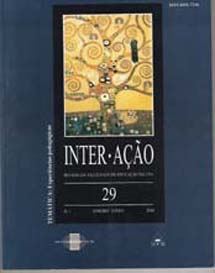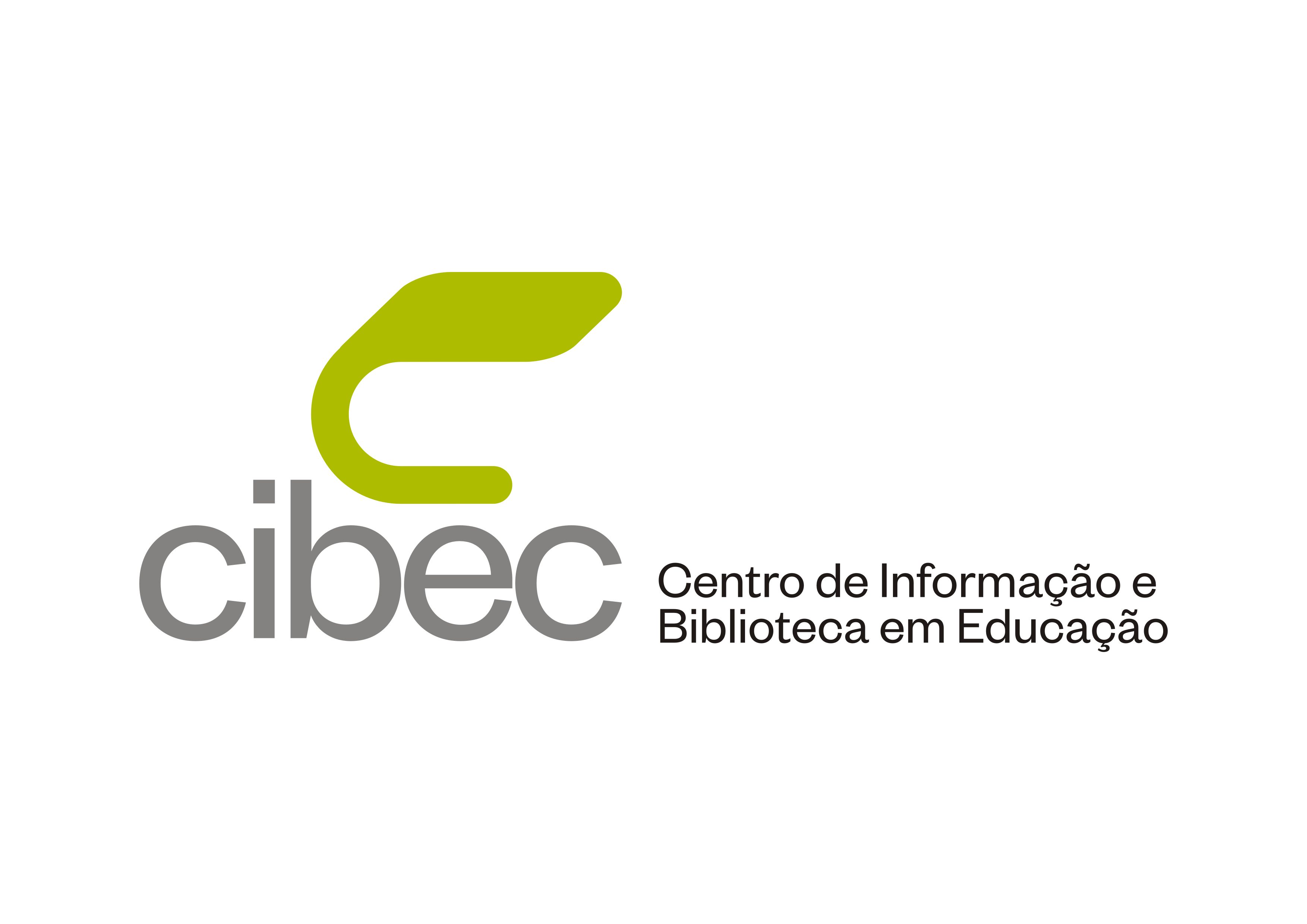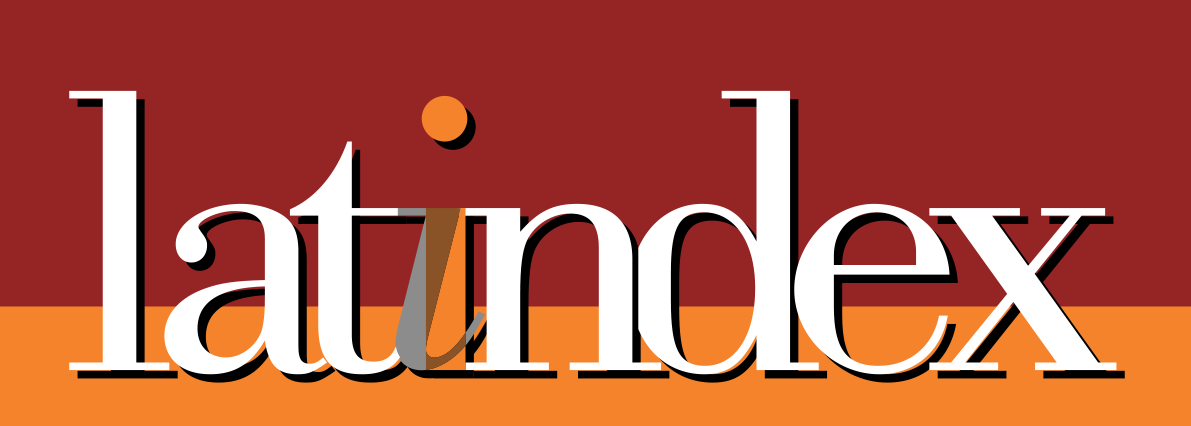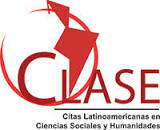ESCUELA Y CIUDAD: ESTÉTICA Y ÉTICA EN EL PERÍODO DE CONFORMACIÓN DEL ESTADO-NACIÓN EN LA ARGENTINA
DOI:
https://doi.org/10.5216/ia.v29i1.1337Keywords:
Estética de Estado, Ciudad moderna, Escuela primariaAbstract
Los estilos arquitectónicos de los edificios de las escuelas junto con las formas de ornamentación, cuidado y decoración, ponen en escena una forma de representación de la institución escolar. Durante las primeiras décadas de conformación del Estado-nación en la Argentina, los edificios escolares fueron un tópico muy relevante para la elite gobernante. Su estética sirvió como modelo anticipador de cánones de la vida civilizada y como fuerte presencia del Estado en la vida social urbana. Una parte importante de los argumentos que fundamentan este modo de entender la edificación escolar, está expuesta en el libro Educación Popular de D. F. Sarmiento que analzamos en este trabajo y utilizamos para comprender los sentidos morales y educativos de la estética de la edificación que en la actualidad operan como significados naturalizados que afectan a distintas dimensiones de la vida escolar.Downloads
Downloads
Published
How to Cite
Issue
Section
License
Inter-Ação uses the Creative Commons Attribution 4.0 License for Open Access Journals (Open Archives Initiative - OAI) as the basis for the transfer of rights. Open access means making documents available on the Internet free of charge, so that users can read, download, copy, distribute, print, search, or link to the full text of documents, process them for indexing, use them as input data for software programs, or use them for any other lawful purpose, without financial, legal, or technical barriers.
Authors publishing in this journal agree to the following conditions:
1) Authors retain copyright and grant the journal the right of first publication, with the work simultaneously licensed under the Creative Commons Attribution License, which permits redistribution of the work with attribution and first publication in this journal.
2) Authors are permitted to enter into additional, separate agreements for non-exclusive distribution of the version of the work published in this journal (e.g., for publication in an institutional repository or as a book chapter), with attribution and first publication in this journal.
3) Authors are permitted and encouraged to publish and distribute their work online (e.g. in institutional repositories or on their home page) at any time before or during the editorial process, as this may generate productive changes as well as increase the impact and citation of the published work.















